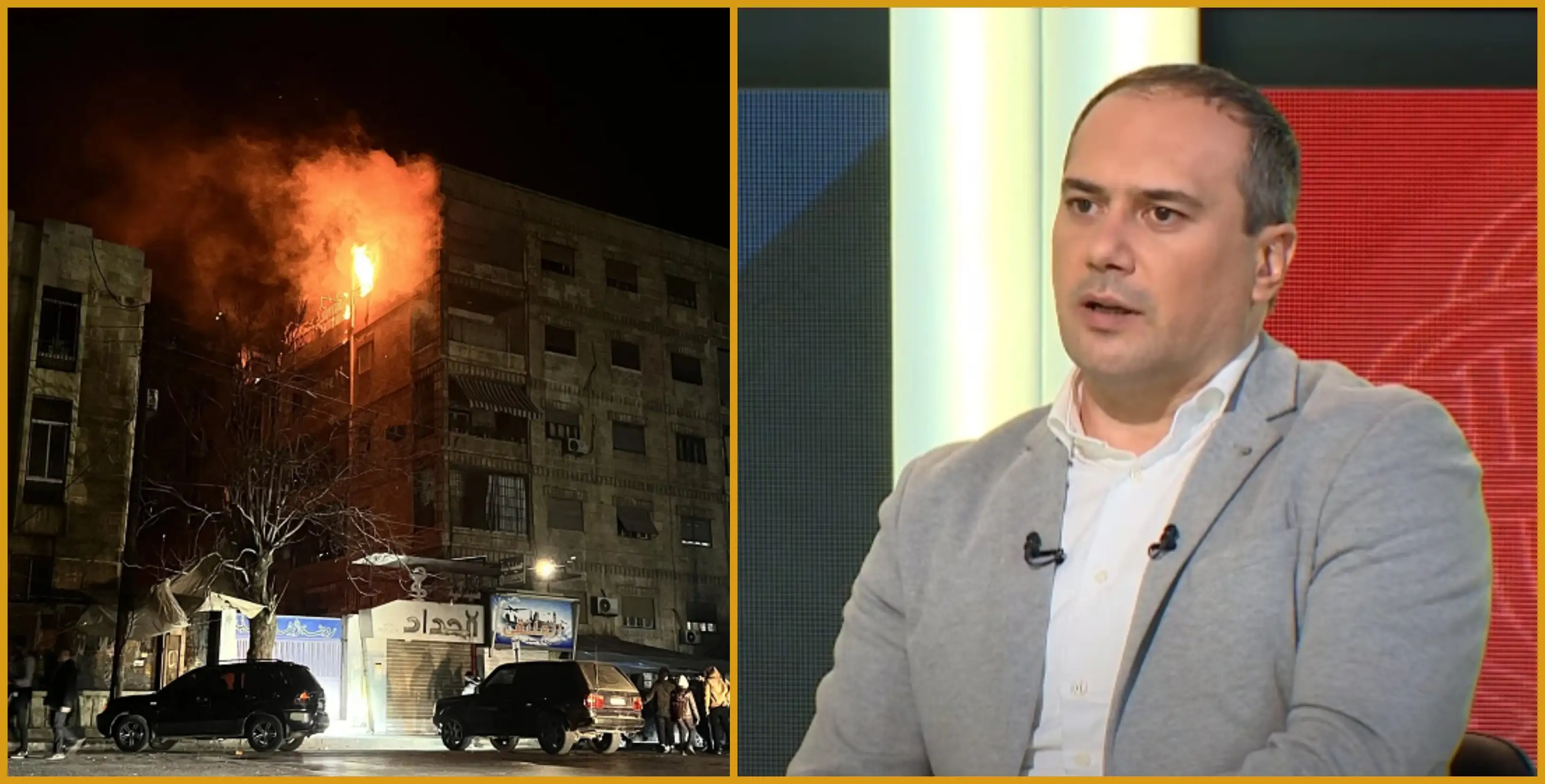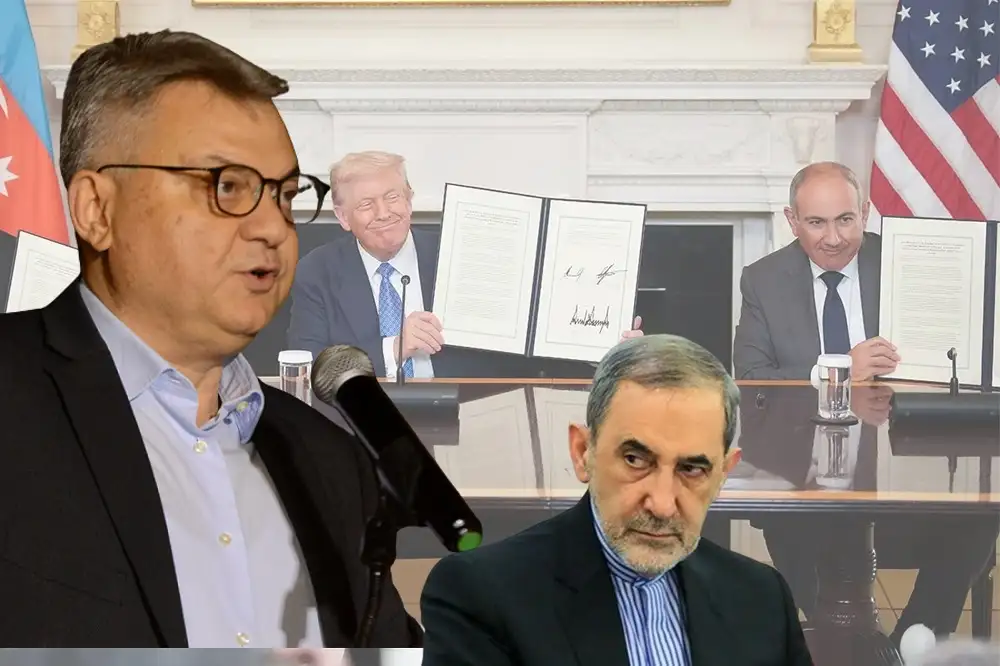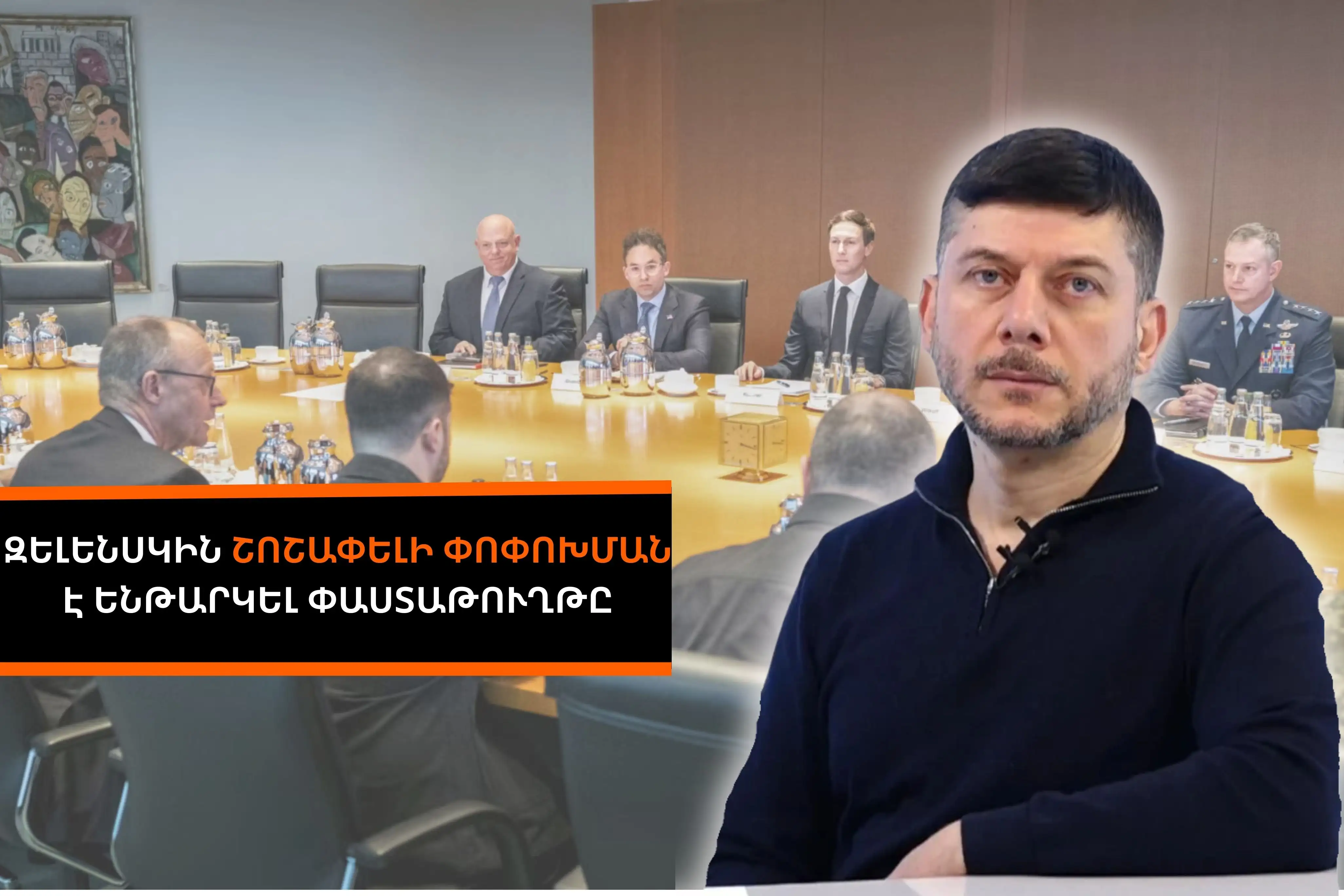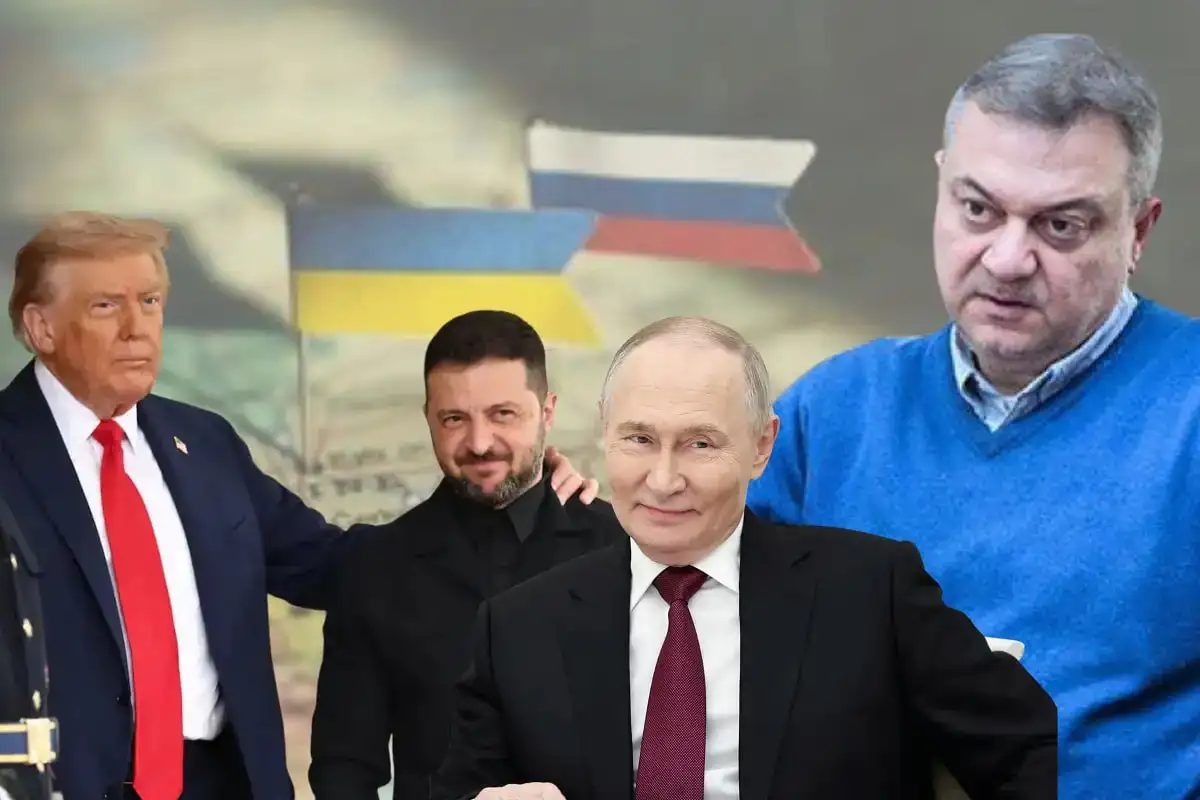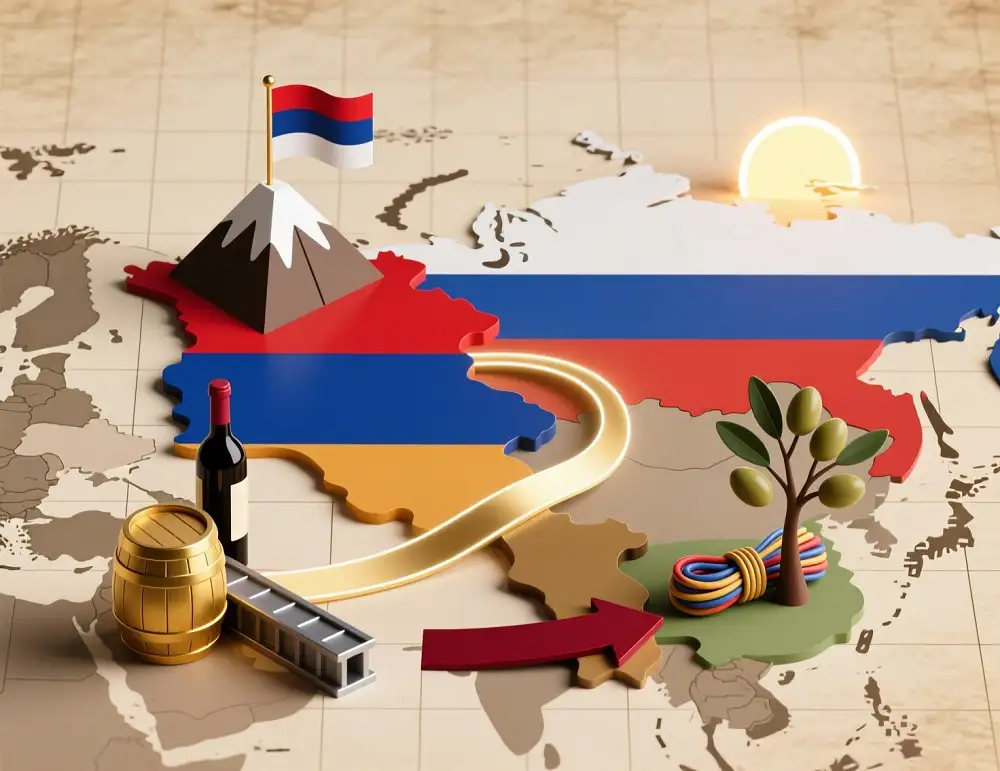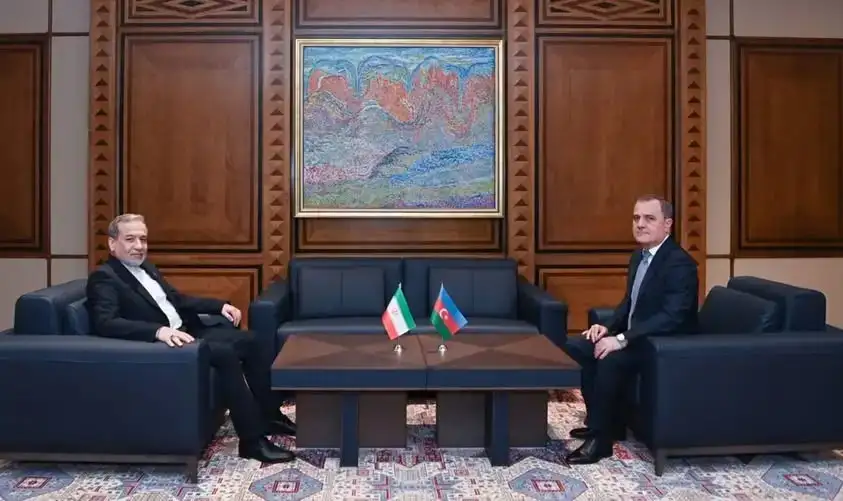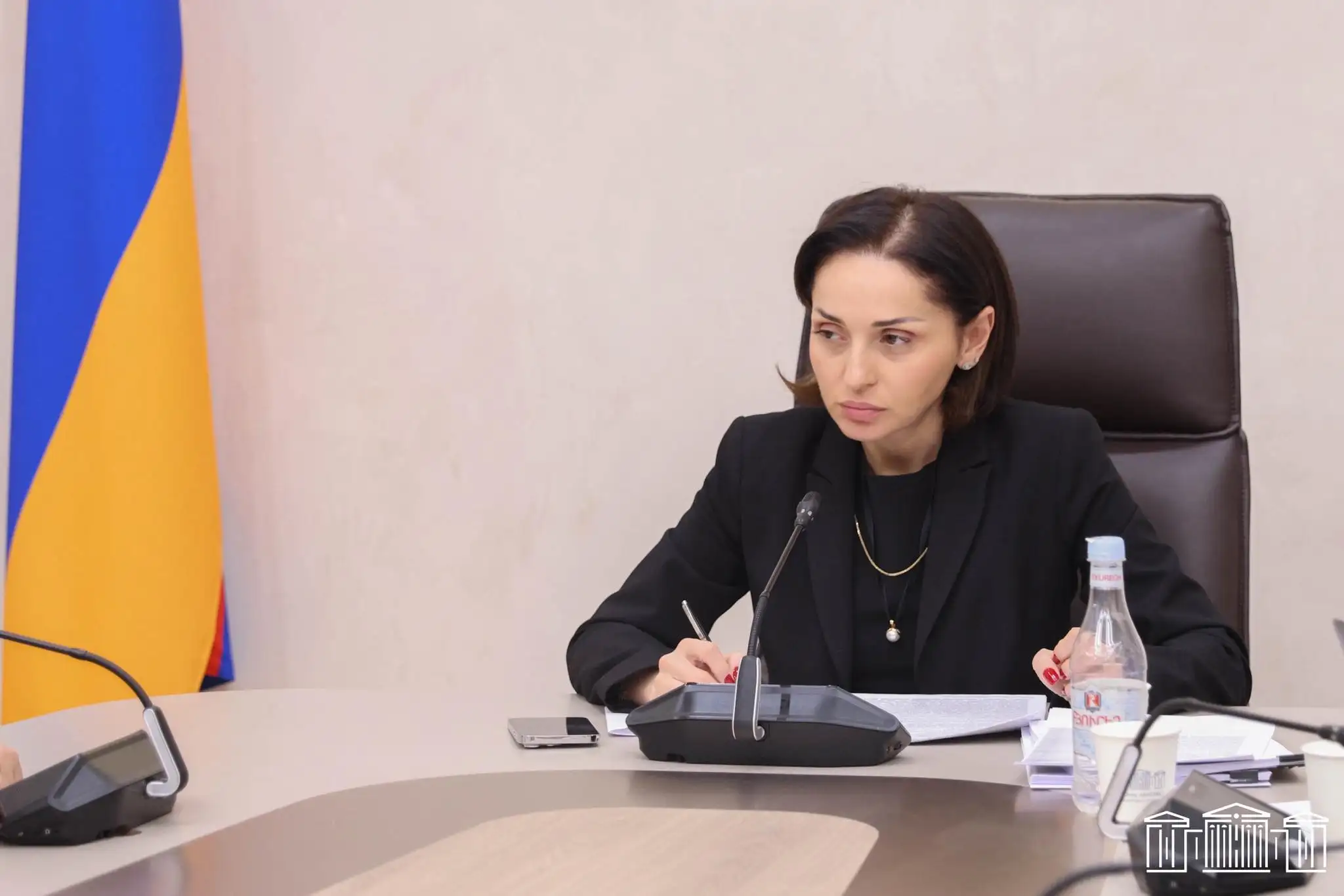Cultural critic Hrach Bayadyan wrote on his Facebook page:
“Recently, I have heard this question several times: how is it that Azerbaijan and some Central Asian countries (former Central Asian republics) were so easily liberated or are freeing themselves from Russian influence, while Armenia cannot? I will note in parentheses that this liberation is sometimes interpreted in the language of a return to national tradition, which, in my opinion, is not so much like liberation as a continuation of the Stalinist-era policy of folklorization of Soviet peoples. Liberation should have meant a new modern project, and not, say, an attempt to revive the heroes and values of the national epic.
However, I will mention two obvious and one not so obvious or, perhaps, even paradoxical reason. First, the centuries-old colonial experience of Armenians. Before the Soviet Union, in Tsarist Russia (200 years of Russian cultural influence), before that, under Persian rule, etc., for centuries. To make it more straightforward, I will resort to the concept of “colonial habitus,” which originates from Pierre Bourdieu’s theory, but refers not to class, but to colonial relations. Very briefly, it refers to the profound impact of colonial rule on individuals and society, which is deeply ingrained and permanently influences how people feel, think, and act. Getting rid of this influence requires intellectual work, which, using one of the formulations of the application, can be called a continuous dialogue with the colonial past. Such work has hardly been done in Armenia.
The second is the well-known “Turk factor,” a consequence of the genocide, which is often formulated in the form of: if there is no Russian, the Turk will….
The third, less apparent reason can be formulated in a very simplified way as follows: The higher the cultural, economic and other achievements (in the language of Soviet times, achievements) a society achieves under colonial rule, under conditions permitted by the colonizer, with his support and guidance, the more subtle the forms it takes and the deeper the colonial dependence deepens. Therefore, what we call decolonization becomes equally challenging. It is important to note that the period of Russian and, especially, Soviet rule was a period of formation of the modern identity of the Eastern Armenians, that is, modern Armenianness inevitably has a deep Russian-socialist imprint on it."
To make this last thought more understandable, I add an excerpt from the postscript to the book “Imagining the Past.”
For their part, Ronald Suny and Terry Martin, taking into account the vast possibilities of emancipation of nationalities in the Soviet state, conclude in the preface to the book published by their editors: “Most of the work of decolonization [of peoples] in the Soviet Union had already been done.” Does this mean that this supposed work of decolonization also allowed these peoples to construct modern cultural identities, something that Groys denied, or that, contrary to Castells’ assessment, they had some viable projects of a collective perspective in the post-Soviet period? Although in the very following sentence these authors noticeably soften the optimistic tone of their conclusion: “Ahead, in the emptiness of the future, lay the hard work of creating sovereign nation(s)-states” (emphasis mine – H.B.), their claim about decolonization, I firmly believe, is subject to more serious reservations. In this book, I have tried to show that in the course of the Soviet project of modernization, decolonization has always been in some sense accompanied by, or perhaps more subtle than, recolonization, especially when it comes to modes of cultural domination, the Russification of national cultures.
Perhaps one should assume that the modern identities of the Soviet nations were not viable enough to survive in the new world without socialist crutches. In any case, the existence of the Soviet Armenian identity seems indisputable to me, but it is also evident that it bore the deep stamp of domination without knowing it. There was too much pathos, solemnity, and even narcissism in the self-assertion of the Armenian identity of the post-Stalin period, and not enough sobriety and an effort at self-reflection.










